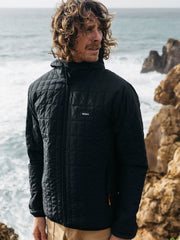Over the last two years we have embarked on a challenging environmental journey.
In 2021 we set ourselves the ambitious target of mapping our entire carbon footprint for the previous year. This meant measuring the easier activities such as energy consumption of our stores and headquarters – through to the more difficult activities, such as emissions generated from our global supply chain.

































































































